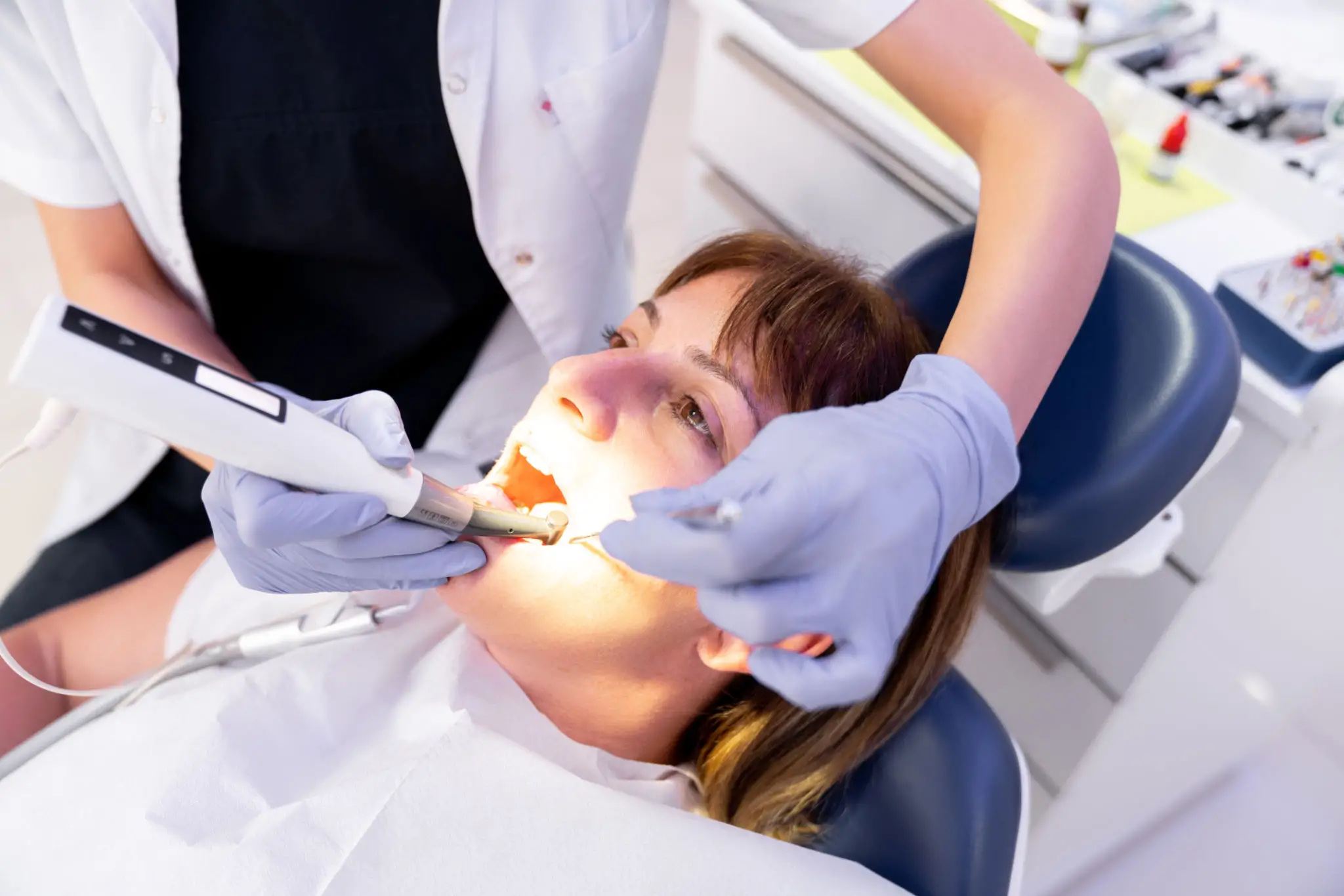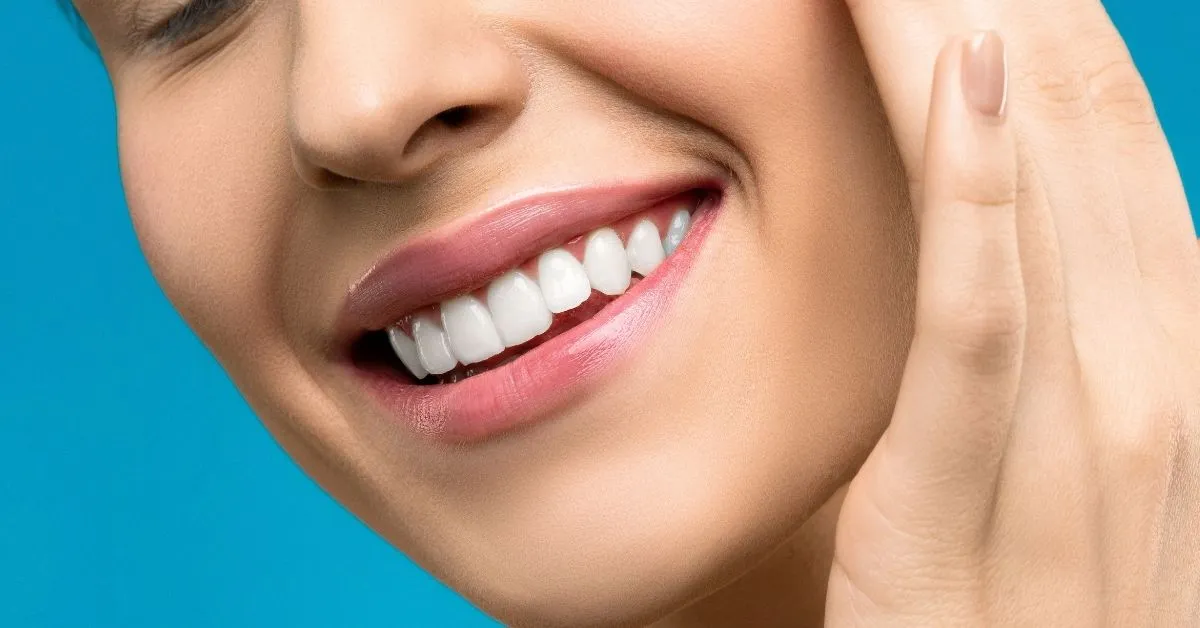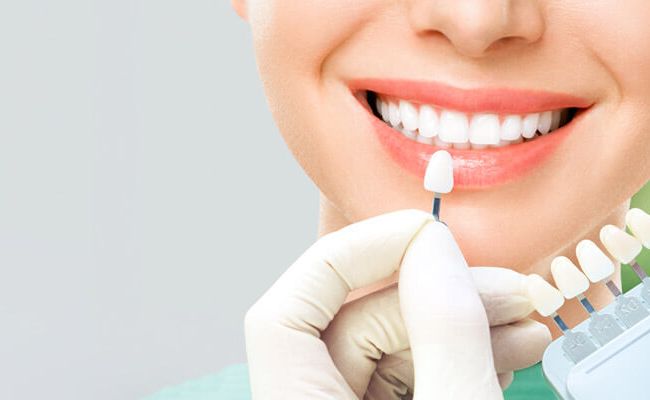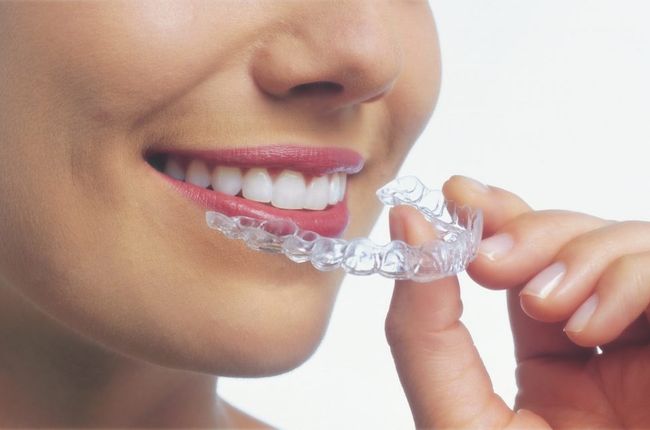Sleep Apnea Treatment In Thousand Oaks, CA
Obstructive sleep apnea (OSA) is a sleep disorder that affects more than 22 million Americans. Sleep apnea causes the airway to collapse or become blocked, which then causes snoring or breathing to stop. When breathing stops, the brain sends a message to the body to wake up, so the body can resume breathing. These episodes can occur dozens of times in a single night.
What Are the Symptoms of Sleep Apnea?
Sleep apnea can cause a wide range of symptoms, such as the following:
- Loud snoring
- Frequent awakening during the night
- A sore throat
- Headaches
- Interrupted sleep
- Daytime fatigue
- Memory problems
- Mood swings
- Depression
- High blood pressure
- Stroke
- Asthma attacks
What Complications Can Sleep Apnea Cause?
Sleep apnea is a sleep disorder characterized by pauses in breathing during the night or during sleep. When these pauses occur, the affected individual’s breathing is disrupted or ceases completely. These pauses can last from a few seconds to a minute or longer.
When sleep apnea occurs, the brain signals the body to wake itself up. The affected individual will often awake gasping for air or choking, often with a loud snort. These episodes can occur multiple times per night.
The interrupted sleep that results from the pauses in breathing causes the body to produce excess stress hormones. As a result, individuals with sleep apnea often experience chronic sleep deprivation. This sleep deprivation can increase the risk of heart conditions, diabetes, high blood pressure, and stroke.
How Can I Reduce My Risk of Sleep Apnea?
If you snore loudly and you feel tired throughout the day, you could have sleep apnea. Sleep apnea causes pauses in breathing or shallow breathing during sleep. This can reduce the amount of oxygen in your blood, and it can cause you to wake up during the night.
One way to reduce your risk of sleep apnea is to lose weight. Sleep apnea is often caused or worsened by excess body fat around the neck. The neck muscles have to work even harder to keep the airway open, which strains them and causes them to relax too much during sleep. This makes the airway narrower, which leads to apnea.
If sleep apnea is left untreated, it can cause other health problems. These include high blood pressure, heart disease, and diabetes. If you have sleep apnea, sleep on your side to decrease the risk of experiencing breathing issues. You can also treat sleep apnea by quitting smoking or using a CPAP machine at night.
How Is Sleep Apnea Diagnosed?
A sleep apnea diagnosis begins with a consultation with a physician. During the consultation, the patient’s medical history is reviewed and an oral exam is performed. In some cases, additional testing may be recommended, such as a sleep study. During a sleep study, the patient’s sleep patterns are analyzed by medical professionals. The patient’s sleep is monitored overnight using various wired sensors. A sleep study is usually conducted at a hospital or laboratory.
How Is Sleep Apnea Treated?
Sleep apnea can be treated with oral appliances. These oral appliances are custom-fit to the patient’s oral anatomy. The appliances reposition the lower jaw, which keeps the airway open during sleep. Therefore, the patient is able to breathe more freely. For more complex cases, we may suggest CPAP - a device that maintains a positive airway pressure and keeps the throat from getting blocked.
To find out more about the dental services we offer at Finesse Dental Care, call (805) 410-9324 or schedule a consultation online. You can also visit Dentist Thousand Oaks, CA at 860 Hampshire Rd., Suite E, Thousand Oaks, CA 91361.
3D CONE BEAM SCANNING
New Patient Exam
Biocompatible Dentistry
Computer-Guided Implants
Invisalign
No-Prep Veneers
One Visit Dental Crowns
Laser Dentistry
Broken Tooth Repair
Sedation Dentistry
Snoring Appliances
Dental Fillings
Laser Gum Rejuvenation
Digital X-Rays
White Spot Removal
Veneer Restoration
Tooth Extraction
TMJ Treatment
Teeth Whitening
Smile Design
Night Guards
Intraoral Cameras
Dental Emergency Care
Dental Hygiene
Dental Bonding
Office Hours
MON8:00 am - 5:00 pm
TUE10:00 am - 6:00 pm
WED - THU8:00 am - 5:00 pm
FRI9:00 am - 2:00 pm
SAT - SUNClosed

















